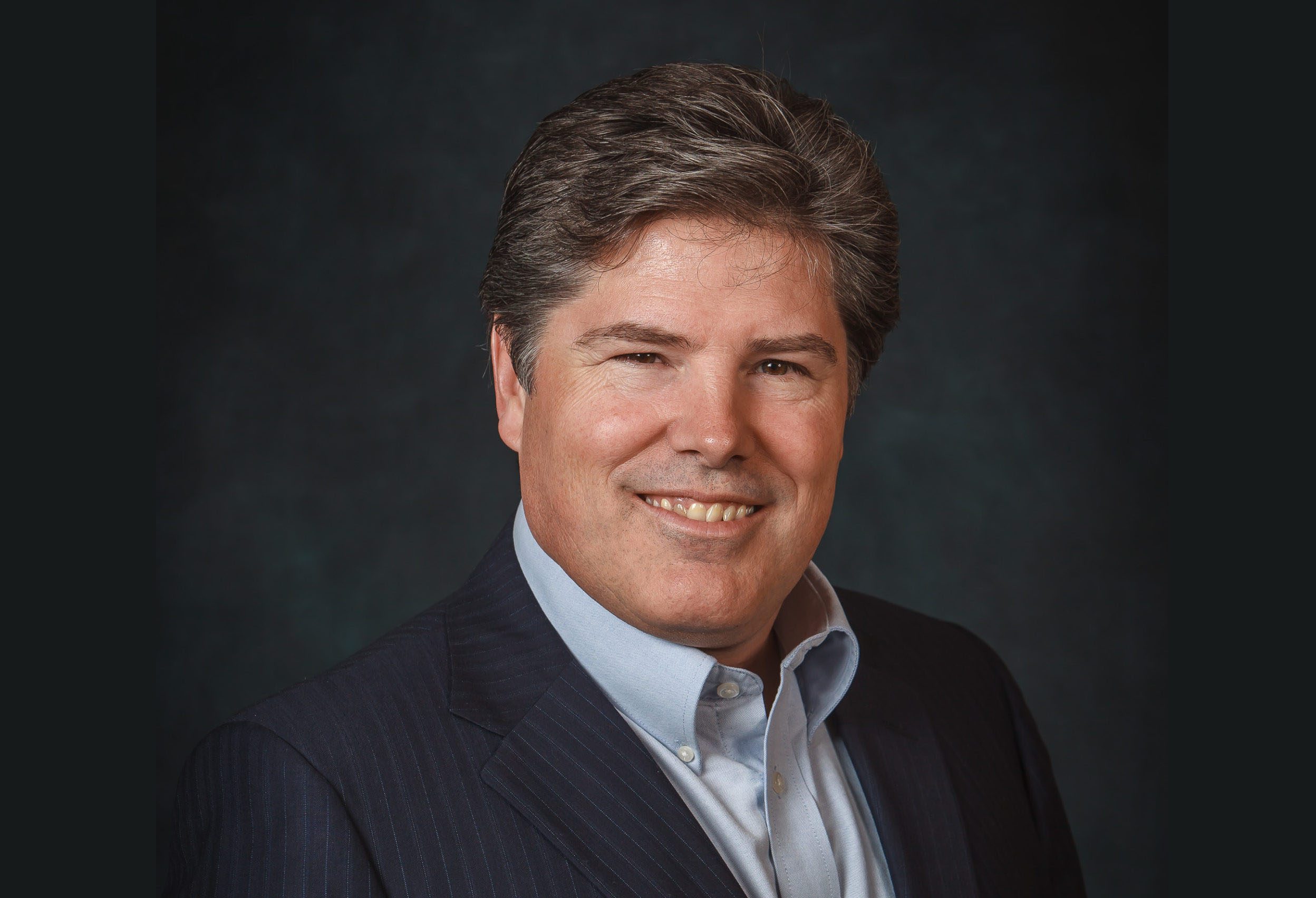Tim Chisholm, a former executive at Hess Corp., made a bold career-defining bet on Guyana’s oil potential. In 2014, Chisholm was instrumental in Hess taking a 30% stake in the Stabroek Block, a decision he passionately defended.
“I bet my career on it,” Chisholm said, adding, “I would have definitely been fired if it had not worked.” His comments were captured in an August 1 Bloomberg article on the Liza find that launched Guyana’s oil and gas sector.
Liza was biggest, best prospect in a basin with zero discoveries…next target was a dry hole | OilNOW
Chisholm’s decision came after extensive data analysis by ExxonMobil, revealing promising but uncertain prospects for oil in the Liza formation. Chisholm’s belief in the project was solidified after a thorough grilling of Exxon geoscientist Scott Dyksterhuis, who presented the seismic data.
“He did a very good job of, I would say, not overselling it,” Chisholm noted in a 2020 lecture. “That was very critical to me believing. He had passion for what it was.”
Chisholm’s conviction was shared by Pablo Eisner, who worked with Chisholm at Apache and later at CNOOC. Eisner convinced his bosses to take a 25% stake in the block, complementing Hess’s 30% and reducing Exxon’s financial risk. With the partners agreeing to fund most of the well cost, Exxon was able to proceed with drilling.
The initial well, drilled by Transocean Ltd.’s Deepwater Champion, faced significant challenges, including equipment loss and technical difficulties. However, the perseverance paid off when drilling confirmed the presence of oil in the Liza formation on May 5, 2015. It encountered more than 295 feet (90 meters) of high-quality oil-bearing sandstone reservoirs. It was safely drilled to 17,825 feet (5,433 meters) in 5,719 feet (1,743 meters) of water.
This discovery marked the beginning of what would become one of the world’s largest oil finds in a generation, transforming Guyana’s economy and securing Chisholm’s risky bet on the country’s potential.



